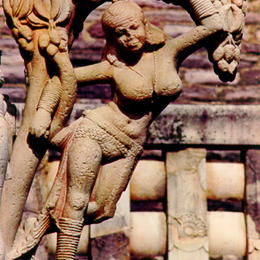- About Us
- Schemes
- Culture Scheme Dashboard
- Scheme of Financial Assistance for Promotion of Art and Culture
- Financial Assistance to Cultural Organizations with National Presence
- Cultural Function and Production Grant(CFPG)
- Financial Assistance for Preservation and Development of Cultural Heriatge of the Himalayas
- Financial Assistance for Development of Buddhist/Tibetan Arts and Culture
- Financial Assistance for Cultural Activities in Performing Arts for Building Grants Including Studio Theatres
- Financial Assistance for Allied Cultural Activities
- Financial Assistance for Promotion of Guru-Shishya Parampara (Repertory grant)
- National Mission on Libraries
- Financial Assistance for Construction of Tagore Cultural Complexes(TCC)
- Scheme of Financial Assistance under Seva Bhoj Yojna
- Scheme of Scholarship and Fellowship for Promotion of Art and Culture
- Museum Grant Scheme
- Scheme for Financial Assistance for Veteran Artists
- Scheme for Promotion of Culture of Science (SPOCS)
- Scheme for Safeguarding the Intangible Cultural Heritage
- Global Engagement Scheme
- Indian Conservation Fellowship Program (ICFP)
- Centenary and Anniversary Celebrations Scheme
- Mission
- ICR
- Commemorations
- CSL
- G20 CWG
- Contact Us
Buddhist Monuments at Sanchi

Buddhist Monuments at Sanchi
Madhya Pradesh
From the time that the oldest preserved monument on the site (Asoka's column with its projecting capital of lions inspired by Achaemenid art) was erected, Sanchi's role as intermediary for the spread of cultures and their peripheral arts throughout the Maurya Empire, and later in India of the Sunga, Shatavahana, Kushan and Gupta dynasties, was confirmed.
Sanchi is the oldest extant Buddhist sanctuary. Although Buddha never visited the site during any of his former lives or during his earthly existence, the religious nature of this shrine is obvious. The chamber of relics of Stupa 1 contained the remains of Shariputra, a disciple of Shakyamuni who died six months before his master; he is especially venerated by the occupants of the 'small vehicle' or Hinayana. Having remained a principal centre of Buddhism in medieval India following the spread of Hinduism, Sanchi bears unique witness as a major Buddhist sanctuary to the period from the 3rd century BC to the 1st century AD.
When it was discovered in 1818 by General Taylor, Sanchi had lain abandoned for 600 years. The site, 45 km from Bhopal, was overrun with vegetation. Excavations began in somewhat disorganized fashion until the Archaeological Survey of India stepped in and took control. Gradually, as the hill was cleared, the ruins of about 50 monuments were uncovered, revealing one of the most remarkable archaeological complexes in India.








